Website audits are an important part of ensuring that your website provides a great user experience for every person who visits it.
Digging into the technical details of your site to find issues that harm its performance is a straightforward process. But if you haven’t done one before, it can be hard to know where to start.
We’ve put together this actionable guide to help you perform your first website audit so that you can dive right into optimizing it for visitors.
Why Do a Website Audit?
Technical issues will crop up no matter how meticulous you are with your website.
Whether it’s an old page you forgot to redirect to a new one or insecure pages without an SSL, it’s easy to overlook something. Running a website audit will help you find those problems. It will also help you develop an action plan to resolve them.
Regular auditing can benefit any website that you want to rank on Google or optimize for a higher conversion rate.
Running these types of audits can help you eliminate duplicate content, broken links, broken pages, and other problems that may harm your website’s performance. It’s a step in the right direction toward a better site experience. It can also have positive implications on your organic traffic from search engines.
If you’ve never run a site audit for your site before, it’s probably time to do so.
Site audits are also ideal at the start of any SEO-driven digital marketing campaign or website redesign. Regular website audits are useful for keeping technical problems under control on your website to ensure the best experience for visitors. They can be time-consuming if you do them by hand, but some tools allow you to run weekly or daily automated site audits.
Setting Up Ahrefs Site Audit
There are a lot of ways that you can do a website audit.
Most of these ways involve a tedious process of finding and cataloging issues and actions by hand. The easiest way to do it is by using an SEO audit tool that will automatically surface issues for you.
For example, you can configure Ahrefs’ Site Audit tool to crawl your entire website each week and bring any problems to your attention.
It’s also one of the easiest website audits for beginners to do.
To get started, go to Ahrefs and navigate to the Site Audit tool. If you don’t have an account, you can sign up here.
First, you’ll need to set up a project. Here’s how to complete the initial project setup process.
Once you’ve set up your projected and verified site ownership, you’ll need to configure the instructions for Ahrefs’ site crawler. This includes setting a schedule for the crawl and telling the tool where it should start crawling. This tool has a wide variety of crawling options, but a basic setup will surface plenty of data for you to act on.
Before you start the site crawl and auditing process, Ahrefs also lets you configure more details for your project.
You can choose target keywords you’d like to track your site’s rankings for and competitors you’d like to benchmark your site against. If you’re not sure what keywords to add, you can always do keyword research and add targets later. At the end of that process, Ahrefs will start crawling your website.
With the setup complete, it’s just a matter of time before your first site audit is ready.
Reviewing Issues Uncovered by Your Website Audit
Once your site crawl is complete, it’s ready for you to review and take action. Ahrefs’ website audits are well-organized, but all the different scores can be overwhelming if you’ve never seen one. Here’s what you need to know when you look at your site crawl data:
Older sites, larger sites, and sites that haven’t been maintained may have a lot of issues to deal with.
Drilling down into specific categories of issues can make reviewing them easier. Ahrefs breaks issues into three categories: errors, warnings, and notices. Errors are the most urgent, and notices are smaller, less pressing items.
Once you’ve reviewed your issues, you can start acting on them.
Resolving Issues Discovered During Your Site Audit
There are two common ways to resolve the issues you uncovered with a site audit. The method you choose just depends on what’s most comfortable for you.
The first way is by keeping your Ahrefs Site Audit open in one window or tab, navigating to each page on the list, and resolving issues in order.
The second way is by exporting the issues from Ahrefs.
This is a good idea if you’re not the person who does technical updates to your site. You can place this file in a spreadsheet and send it to the person who does resolve site issues. You can also use the spreadsheet to track the status of issues.
Whether you decide to resolve issues by working directly from Ahrefs or a spreadsheet, an audit sets you on the path to improving your website.
While you’re resolving technical issues, keep an eye out for other problems Ahrefs couldn’t surface.
You may want to look for pages with UX issues, such as annoying popups, non-functional chat widgets, or a poor mobile device experience. Accessibility issues are another important thing to watch for. You can also keep an eye out for thin or low-value content on your site. Resolving these issues can go a long way toward improving your site experience for visitors.
Next Steps
After doing a full site audit, you’ll have a ton of information at your disposal to improve your website.
A great thing about site audits is that many of the issues you find will be sitewide. That means you can fix the error on one page, and every other page with that error will be resolved too. The hard part is that fixing some of these issues takes some technical that many site owners don’t have.
If technical expertise is something you need help with, consider working with a site optimization specialist.
At Rankings.io, we help attorneys get the most out of their websites. If your law firm needs help with site audits, technical fixes, or search engine optimization, contact us today. With our experience, your site can start generating new cases for you like never before.
The post How to Do a Website Audit: An Interactive Guide appeared first on Rankings.




